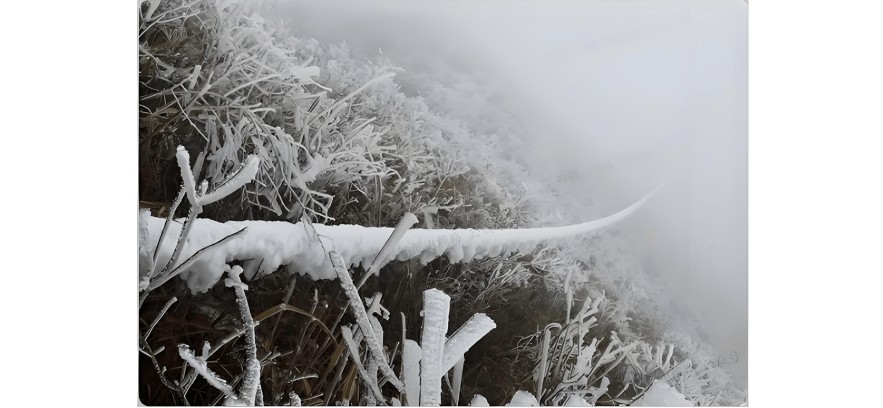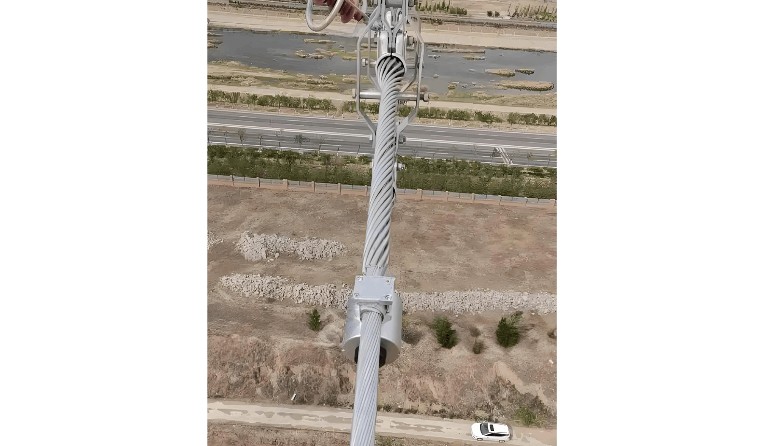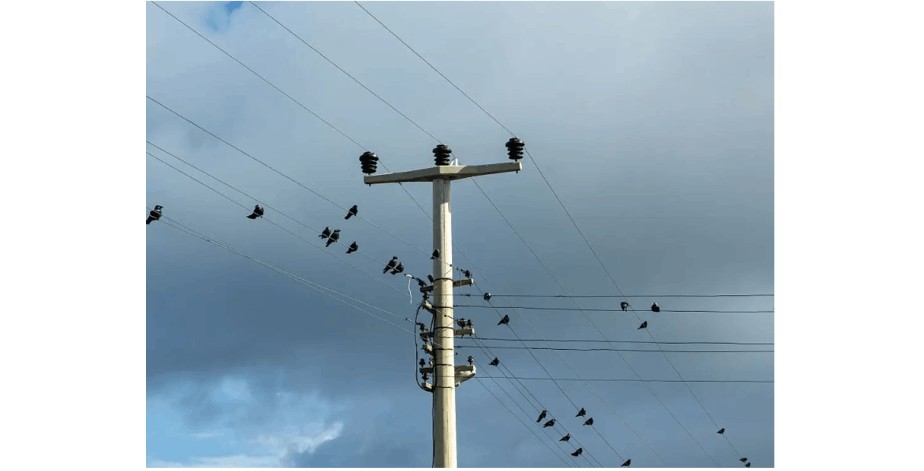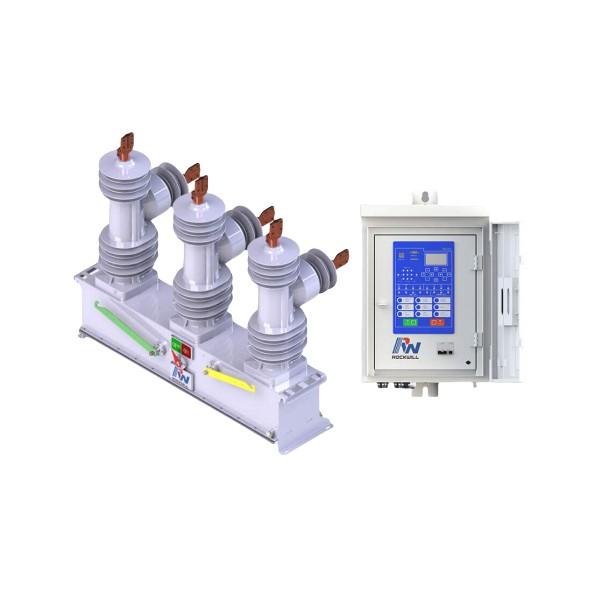- Product
- Suppliers
- Manufacturers
- Solutions
- Free tools
- Knowledges
- Experts
- Communities
Search
-
இலவச கருவிகள்
-
IEE Business என்பது இலவசமாக AI-ஆதரித்த கருவிகளை வழங்குகிறது இது மின் பொறியியல் வடிவமைப்பு மற்றும் மின் சக்தி ஆக்கிரமிப்பு பொருளாதார அமைப்புக்காக உள்ளது: உங்கள் அளவுகளை உள்ளீடு செய்யவும், கணக்கிடு என்பதை கிளிக் செய்யவும், மற்றும் உடனடி முடிவுகளை பெறவும் மாற்றியாக்கிகள், வைரிங், மோட்டார்கள், மின் சாதனங்களின் செலவுகள் மற்றும் இதற்கு மேல் — உலகம் முழுவதும் பொறியியலாளர்களால் நம்பிக்கையாக வைக்கப்பட்டது
-
-
ஆதரவு
-
IEE-Business முன்னோடி தீர்வுகள் சிறப்பான நிறுவனங்கள் மற்றும் தொழில் துறை வல்லுநர்களை ஆதரிக்கிறது இது ஒரு அமைப்பு உருவாக்குகிறது இதில் புத்தாக்கம் மற்றும் மதிப்பு ஒன்றிணைக்கப்படுகின்றனவலுவான தொழில்நுட்ப அறிவுஇணைந்து தொழில்நுட்ப அறிவை பகிர்ந்து கொண்டு பொருளாதார உதவிகளிலிருந்து செல்வம் சம்பாதிக்கவும்நிறைய வணிக தீர்வுகள்அணுக மற்றும் வணிக தீர்வுகள் உருவாக்கி பரிமாணத்திடர்களிடமிருந்து வருமானம் பெறுங்கள்விளாச்சு விரிப்பாளர்கள்தங்களின் திறமையை ஊக்குவரவாளர்களுக்கு காட்டுங்கள் எதிர்காலத்தை வென்று பெறுங்கள்
-
-
சமூகம்
-
உங்கள் தொழில்முறை சமூகத்தை உருவாக்குங்கள்தொழில்துறை சகாக்கள், சாத்தியமான பங்குதாரர்கள் மற்றும் முடிவெடுப்பவர்களைக் கண்டறிந்து இணைந்து IEE-Business ஐ வளர்க்கவும்உங்கள் தனிப்பட்ட பிணையத்தை விரிவுபடுத்தவும்தொழில்துறை சகாக்கள், சாத்தியமான பங்குதாரர்கள் மற்றும் முடிவெடுப்பவர்களுடன் IEE-Business இல் இணைந்து உங்கள் வளர்ச்சியை முடுக்குங்கள்.மேலும் அமைப்புகளைக் கண்டறியவும்இலக்கு நிறுவனங்கள், இணைந்து செயல்படுபவர்கள் மற்றும் துறைத் தலைவர்களை ஆராய்ந்து புதிய வணிக வாய்ப்புகளைத் திறக்கவும்.பல்வேறு சமூகங்களில் சேரவும்தலைப்பு-சார்ந்த விவாதங்கள், தொழில்துறை பரிமாற்றங்கள் மற்றும் வளப் பகிர்வில் ஈடுபட்டு உங்கள் செல்வாக்கை அதிகரிக்கவும்.
-
-
இணைந்து செயல்பட
பார்ட்நர்
-
-
IEE வணிக உறுப்பினர் திட்டத்தில் பங்கேற்றல்வேளாண்மை வளர்ச்சிக்கு ஆதரவு தொழில் உற்பனவல்களிலிருந்து உலகளவு தொழில் விரிவடைவு வரை
-
-
-
தமிழ்
-
- English
- Afrikaans
- العربية
- Azərbaycan dili
- български
- বাংলা
- Català
- Cebuano
- čeština
- Dansk
- Deutsch
- Ελληνικά
- Esperanto
- Español
- Eesti keel
- Euskara
- دری
- فارسی
- suomi
- Filipino
- français
- Gaeilge
- Galego
- Hausa
- עברית
- हिन्दी
- Hrvatski
- magyar nyelv
- հայերեն
- Bahasa Indonesia
- Íslenska
- Italiano
- 日本語
- ქართული
- Қазақ тілі
- ಕನ್ನಡ
- 한국어
- Kurdî
- Latina
- Latviešu valoda
- македонски јазик
- Bahasa Melayu
- Malti
- नेपाली
- Nederlands
- Norsk
- ਪੰਜਾਬੀ
- polski
- پښتو
- Português
- Русский язык
- සිංහල
- Slovenščina
- српски језик
- Svenska
- Kiswahili
- தமிழ்
- తెలుగు
- ไทย
- Tagalog
- Türkçe
- українська мова
- اردو
- Oʻzbek tili
- Tiếng Việt
-
உங்கள் தனிப்பட்ட பிணையத்தை விரிவுபடுத்தவும்
மேலும் அமைப்புகளைக் கண்டறியவும்
-
தமிழ்
-
- English
- Afrikaans
- العربية
- Azərbaycan dili
- български
- বাংলা
- Català
- Cebuano
- čeština
- Dansk
- Deutsch
- Ελληνικά
- Esperanto
- Español
- Eesti keel
- Euskara
- دری
- فارسی
- suomi
- Filipino
- français
- Gaeilge
- Galego
- Hausa
- עברית
- हिन्दी
- Hrvatski
- magyar nyelv
- հայերեն
- Bahasa Indonesia
- Íslenska
- Italiano
- 日本語
- ქართული
- Қазақ тілі
- ಕನ್ನಡ
- 한국어
- Kurdî
- Latina
- Latviešu valoda
- македонски јазик
- Bahasa Melayu
- Malti
- नेपाली
- Nederlands
- Norsk
- ਪੰਜਾਬੀ
- polski
- پښتو
- Português
- Русский язык
- සිංහල
- Slovenščina
- српски језик
- Svenska
- Kiswahili
- தமிழ்
- తెలుగు
- ไทย
- Tagalog
- Türkçe
- українська мова
- اردو
- Oʻzbek tili
- Tiếng Việt
-
உங்கள் தனிப்பட்ட பிணையத்தை விரிவுபடுத்தவும்
மேலும் அமைப்புகளைக் கண்டறியவும்
























